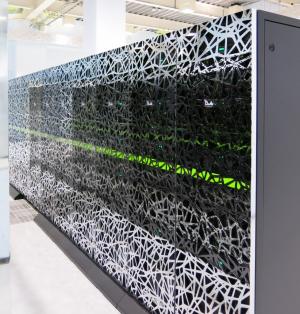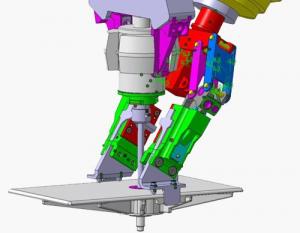What’s New
20 March 2017
ITER news digest for the period of 13 March 2017 to 20 March 2017.

Helios supercomputer: retired after 5 years of service


Désolé, cette page n'existe pas en français.

